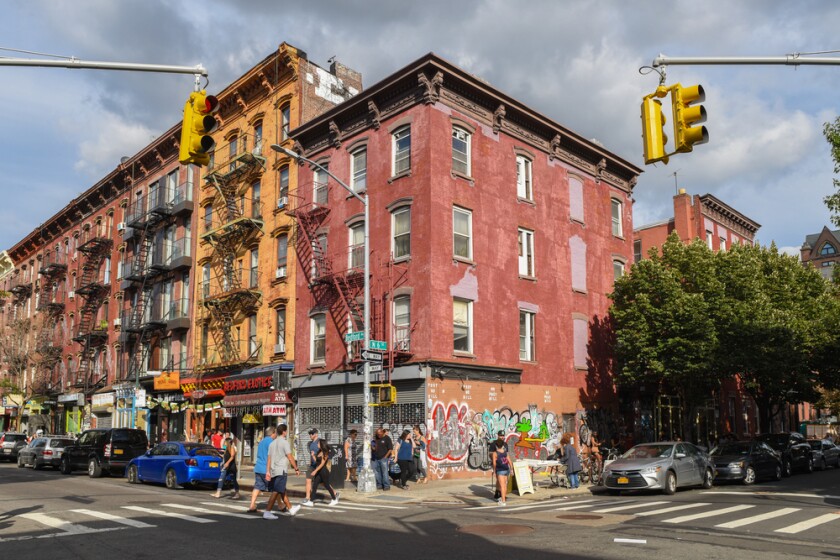Attribution error goes far beyond the false perception of ordinary events. It colors our perceptions of history. And it can be positive as well as negative. It’s commonly assumed that Abraham Lincoln won the Civil War, even though Lincoln himself didn’t believe that. He felt he was the instrument of powerful outside forces. Many of us believe that Franklin Roosevelt ended the Great Depression, even though the Depression didn‘t actually end until America entered World War II, nearly a decade into his presidency.
In the modern corporate world, we almost invariably attribute business success or failure to the work of CEOs, which is the main reason we pay so many of them outlandish salaries. But every reputable study concludes that even the most charismatic CEOs are often little more than bystanders, profiting by or suffering from events far beyond their control.
To accept the reality of attribution error is not to deny that public figures or people with power can be the engine of evil. Hitler was a psychopath. The slaveholders who brutalized their human property in the antebellum South were monstrous. Attribution error doesn’t do a thing to explain them.
But making exceptions for extreme cases doesn’t detract from the fact that in much of our daily existence, and in the making and assessment of public policy, we routinely attribute significant events and trends to the machinations of flawed human beings rather than larger societal forces. Sometimes these are individuals; sometimes they are whole clusters of people.
I’VE BEEN THINKING ABOUT ATTRIBUTION ERROR LATELY as I pore through the voluminous recent literature on urban gentrification. We are constantly asking ourselves who is responsible for it.
Of course, one can make a perfectly plausible argument that there are no personal villains in gentrification because there is no evil in the first place. If you believe that the evolution of depressed and dangerous urban enclaves into corridors of middle-class respectability is a net societal benefit, notwithstanding that there are losers in the process, then the search for human culprits is unlikely to interest you.
But it’s probably the majority view in most cities these days that gentrification is a bad thing, and so it’s understandable that we blame someone for it.
The easiest scapegoats are the young middle-class professionals who move into places that used to be dominated by minorities and the poor. We can call these newcomers yuppies or hipsters or whatever we feel like calling them, but we know them when we see them. They move into neighborhoods bringing dogs and espresso and yoga studios and wine bars that the holdover residents really don’t want. As my colleague Aaron Renn pointed out recently, they complain about noisy music and street high jinks that have been an accepted part of community life for decades. Most seriously, they raise rents and property taxes and inevitably force some poorer inhabitants to look elsewhere for lodging.
What are these young people really guilty of? They find the density of urban life attractive and seek a place within it that offers them the comfortable and vibrant lives they have been seeking. This is what we all do, if we can afford it. To hold them responsible for the discomforts of gentrification is essentially to blame the customer. It is a classic case of attribution error. Jerusalem Demsas pointed this out succinctly in a recent article inThe Atlantic.
But gentrification doesn’t just have customers — it has suppliers. Large real estate companies put up tall apartment buildings to attract young people looking for a promising urban place to live. That combination makes the new properties more expensive to buy or rent. It’s a problem.
Yet for developers and landlords to be the true villains of gentrification, it would be necessary to determine that they are worse stewards than the small property owners who dominated poor neighborhoods in pre-gentrification days. There is no real evidence that this is the case. In some instances, in fact, big companies are more reliable landlords than their mom-and-pop predecessors. Jenny Schuetz of the Brookings Institution has been arguing for years that large property owners are not the obvious enemy. She made that point in an article in 2020 called “Corporate Landlords Aren’t the Real Culprit.” Most tellingly, she ended that article by declaring that “whether the landlord is the couple upstairs or a faraway private-equity firm, the best tenant protection is when tenants have somewhere else to go.”
IN OTHER WORDS, THE REAL BAD GUYS aren’t the people moving in or the developers putting up luxury towers. The problem is the shortage of affordable housing being created. Whose fault is that? Well, no one in particular. It’s the fault of an entrenched and complex system that has existed for decades and doesn’t have a perpetrator to put the finger on.
We have a shortage of several million affordable housing units in this country right now, but no evil genius created that. It’s the result, in large part, of a network of regulation that makes new housing, especially moderately priced construction, hard to create. I suppose, if we’re still searching for villains, we could point to the millions of single-family homeowners who live in neighborhoods where nothing except single family is legally permitted. But they are there because they want what all of us want: a safe, comfortable enclave in which to raise their families. They see multifamily projects in their immediate vicinity as a threat to what they have worked all their lives for. Perhaps it’s fair to call them myopic, or ungenerous. But treating them as villains seems extreme, as well as intolerant.
The only way to make a serious dent in the shortage of moderately priced housing is to encourage more of it without demonizing the people living comfortably under the current rules. Progressives like to talk about “afflicting the comfortable,” but attacking ordinary people for their comforts is rarely an effective route to progress.
IT’S A SYSTEM THAT WE NEED TO CHANGE, but there’s no easy way to reach agreement on just how to do that. Perhaps the simplest idea is to change the zoning laws that block the construction of anything except single-family homes in a given location and allow homeowners or developers to create accessory dwelling units or small apartment buildings nearby. It’s an attractive idea, and it needn’t have an attribution problem; it doesn’t single anybody out as a villain. A number of cities around the country are trying it. But it doesn’t accomplish much. We can’t make much of a dent in the overall housing shortage by building granny flats, duplexes or fourplexes in residential neighborhoods. No city that has tried it has reported any significant increase in the number of housing units.
Equally important, rezoning to allow multifamily housing stirs up a powerful backlash from existing single-family homeowners who don’t want their residential blocks altered by the construction of apartment buildings. My guess is they don’t have a lot to worry about. There is no evidence that they are about to be overrun by multifamily apartments next door to them. But the mere changing of the laws tends to create resentment bordering on panic.
Something like this is happening right now in Lyon Village, the pleasant, tree-lined Arlington County, Va., neighborhood where my wife and I lived until just a few months ago. The county board is pondering a plan to allow multiplex units on the same blocks where expensive detached homes exist.
It is the hottest political issue in Arlington right now, and it has brought the local government and the county an unwelcome period of acrimony. It’s not a matter of gentrification — this is already a wealthy community. It’s purely a question of where to put the additional moderately priced housing that would contribute to holding mortgage and rental costs down. But somehow it’s still part of the much larger gentrification issue. A few of the more militant advocates of multifamily housing have talked about the homeowners in belligerent, personal and accusatory terms. This may be a case of attribution error sneaking its way back into the debate. The personal rancor far outweighs the likely ill effects of the zoning reform.
To me, the only practical zoning solution is to stick to commercial corridors, and to build big there — tall apartment buildings, not duplexes or fourplexes. If they are close to public transit, that’s a big advantage. If they create units large enough for families, that’s an even bigger advantage. California is moving slowly but purposefully in that direction.
But in the end, when we talk about gentrification and housing shortages, we are talking about human nature. People will search out the nicest residences they can afford to live in. Developers will respond to the demand. People who live comfortable lives will want to protect them. Taken together, they can create adverse consequences. But that doesn’t make any of them evil.













